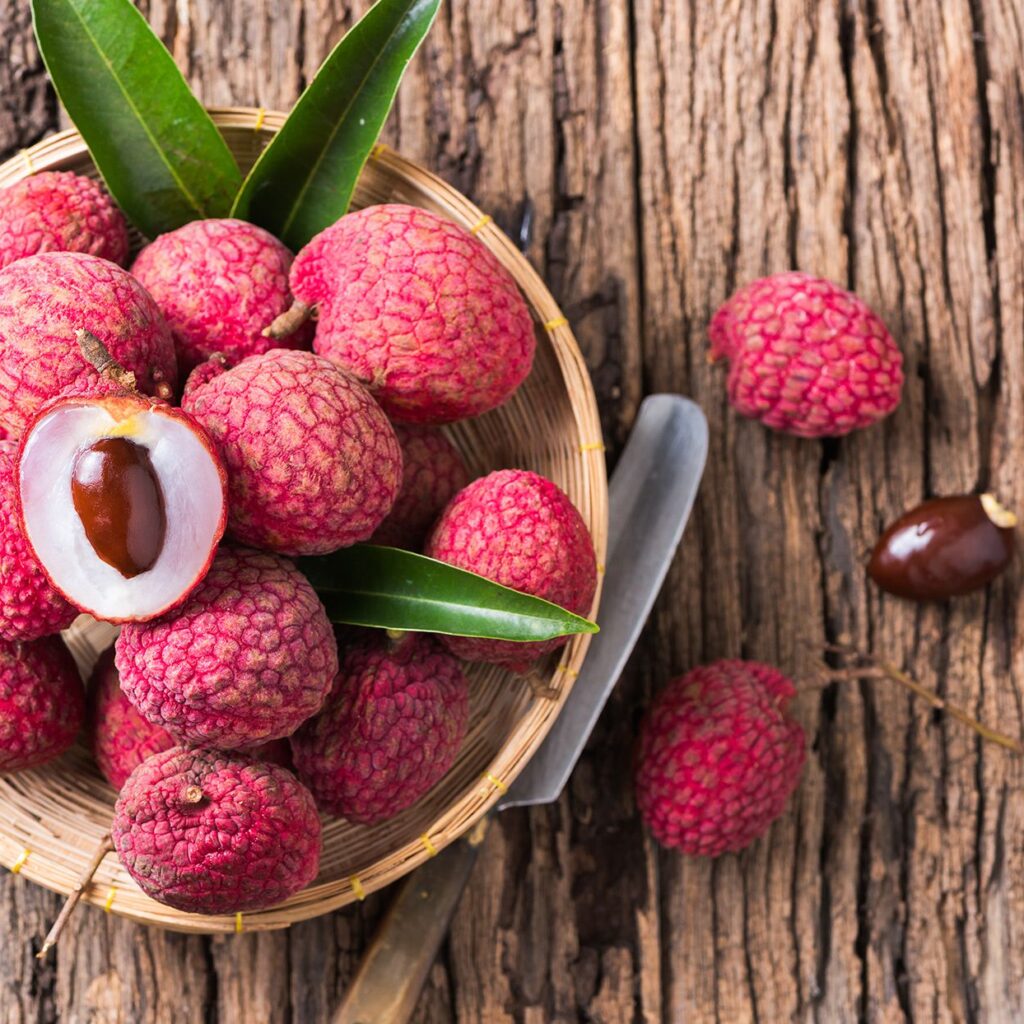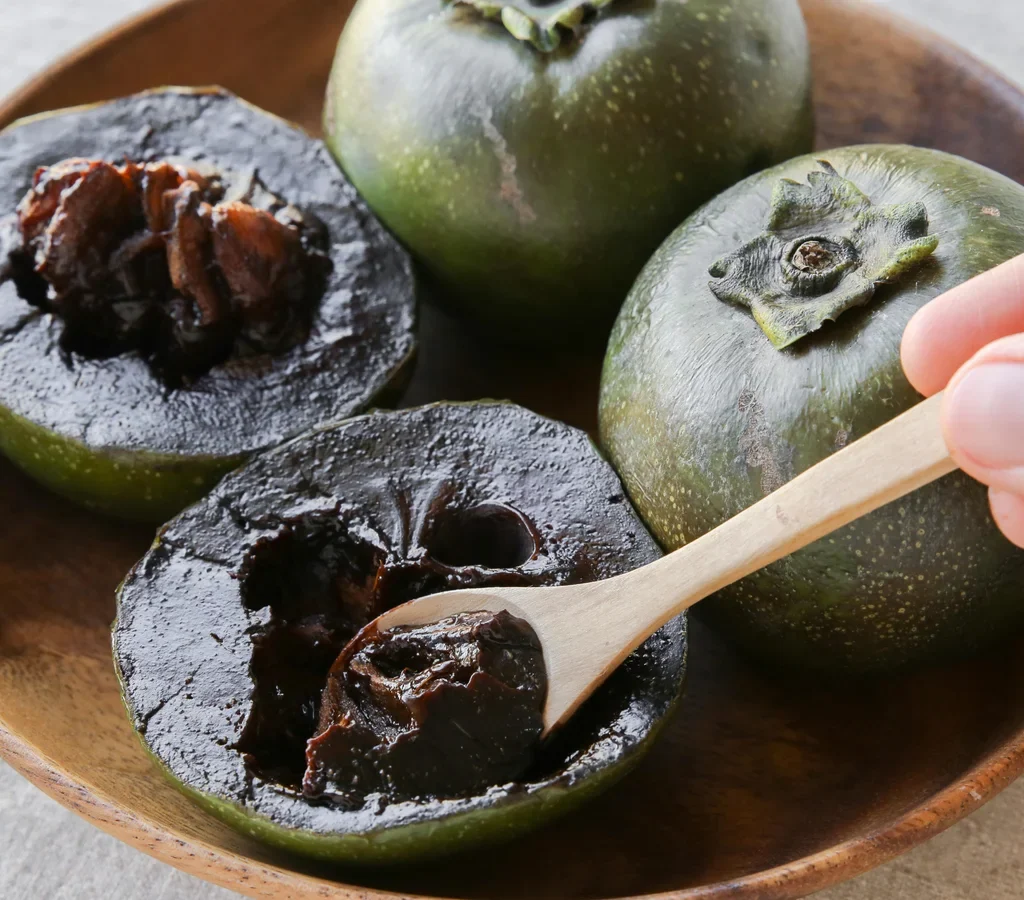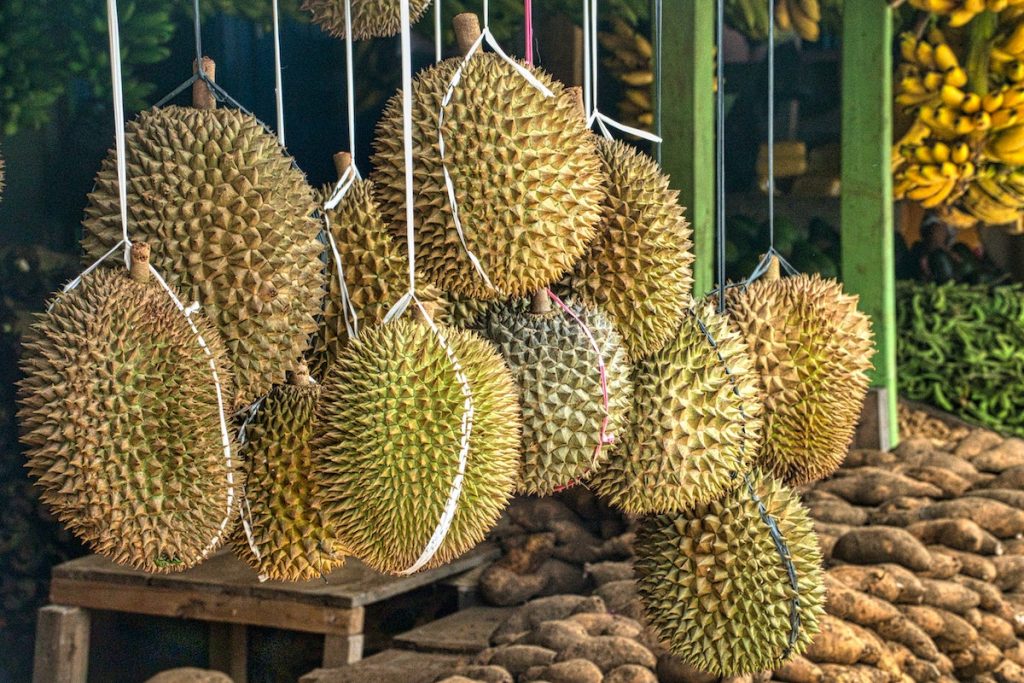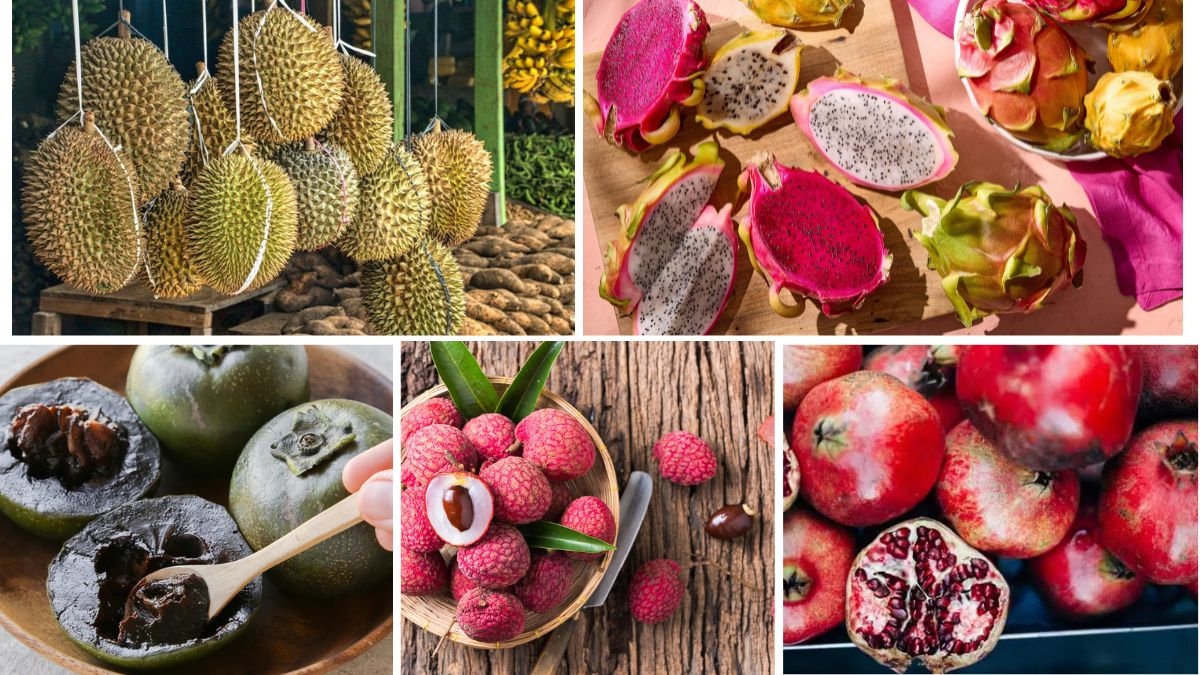Fruits are a universal delight—sweet, tangy, juicy, and nutritious. But have you ever noticed how the same fruit can taste vastly different depending on where it’s grown? A mango from India might be syrupy and rich, while a mango from South America could be more citrusy and firm. An apple from Kashmir differs in texture and flavor from one grown in Washington state. These regional differences aren’t coincidental—they are the result of complex interactions between climate, soil, farming practices, and even genetics. Understanding why fruits taste different by region is vital not only for consumers but also for farmers, exporters, and researchers working to improve fruit quality and sustainability.
1. Climate and Microclimates

The climate in which a fruit is grown significantly influences its flavor profile. Temperature, humidity, sunlight exposure, and rainfall patterns all impact how a fruit matures.
- Temperature affects the sugar-to-acid ratio in fruits. Warmer climates often produce sweeter fruits because increased sunlight and heat boost sugar accumulation.
- Rainfall and humidity influence water content and can dilute or concentrate flavors.
- Sunlight duration helps determine the intensity of coloration and the photosynthesis process, both of which affect taste.
For example, strawberries grown in cooler European climates are often firmer and more acidic, while those grown in subtropical regions like Florida are juicier and sweeter due to higher sugar accumulation from more sunlight and warmth.
Case Study: Mangoes
Alphonso mangoes from Maharashtra, India, are famous for their unparalleled sweetness and fragrance. The warm, coastal climate with its unique blend of humidity and sunlight allows for the development of beta-carotene and volatile compounds that create the signature taste and aroma. In contrast, mangoes from Mexico or Brazil may be less aromatic but firmer and better suited for slicing or exporting over long distances.
2. Soil Composition (Terroir)
Much like in the wine industry, the term terroir applies to fruits as well. Terroir refers to the unique combination of soil type, minerals, topography, and local climate that imparts specific characteristics to produce.
Different regions have different soil pH levels, mineral concentrations (like iron, phosphorus, and potassium), and drainage capacity—all of which affect plant nutrient uptake and, ultimately, flavor.
- Bananas from volcanic soils in Ecuador often have richer, creamier flesh compared to those grown in flat alluvial regions.
- Grapes grown in limestone-heavy soils of France have a distinct tartness, perfect for wine-making and table consumption.
3. Genetic Varieties and Regional Cultivars

Another major reason fruits taste different by region is genetic diversity. Even within the same fruit species, different varieties or cultivars exist that have been bred or naturally selected for regional adaptability.
Take apples, for example:
- The Fuji apple from Japan is extremely sweet and crisp.
- The Granny Smith from Australia is tart and firm.
- The Kashmiri Ambri apple is soft, aromatic, and has a honeyed sweetness due to cold storage and low-altitude Himalayan climates.
In many cases, local farmers have selectively bred fruit plants over generations for specific traits like flavor, shelf life, color, or resistance to pests. This regional customization contributes to the vast difference in taste across areas.
4. Farming Practices

From pruning to irrigation, regional farming techniques play a key role in determining the taste of fruit.
- Organic vs. conventional farming: Organic fruits may grow slower but are often reported to have a more intense flavor due to the absence of synthetic fertilizers that push rapid growth.
- Irrigation methods: Overwatering can dilute fruit sugars; drip irrigation methods, which are more common in dry regions like Israel or California, help concentrate flavors.
- Harvest timing: Fruits picked at full ripeness tend to have better taste and aroma but are more perishable. In contrast, those harvested early for export may be blander but last longer in transit.
5. Post-Harvest Handling and Transport
Taste isn’t just about where a fruit is grown—it’s also about how it’s handled afterward. Fruits transported over long distances are often picked before full ripeness to reduce spoilage. This affects both taste and texture.
- Bananas, for example, are picked green and ripened artificially using ethylene gas, which doesn’t replicate the same flavor profile as tree-ripened ones.
- Cold storage or waxing can preserve the appearance of fruit but may diminish volatile flavor compounds.
Locally consumed fruits, which are vine- or tree-ripened and not subjected to cold storage or artificial ripening, usually taste better. This is why a tomato from a backyard garden often tastes superior to a supermarket one.
6. Pests and Diseases

Certain pests or plant diseases prevalent in one region and absent in another may require specific treatments that can indirectly affect taste.
- Insect damage might trigger the plant to produce defense chemicals, which could alter flavor.
- Fungicide use in humid regions may not directly change taste, but resistant cultivars selected for such climates may have thicker skins or different sugar profiles.
7. Cultural Preferences and Selective Breeding
Consumer taste preferences differ around the world, influencing how fruits are cultivated in a region. For instance:
- In Asia, lychees are often preferred when they are sweeter and more aromatic.
- In Europe, tartness in fruits like cherries and plums is more acceptable.
- In South America, vibrant fruit color is often prioritized, which can influence selection and breeding.
These preferences guide local growers to favor particular cultivars and practices, which results in noticeable taste differences across regions.
8. Environmental Stress and Adaptation
Stress factors like drought, high altitude, and salinity can force plants to adapt in ways that alter fruit flavor.
- Grapes grown in drought-prone regions develop thicker skins and more concentrated sugars and tannins, which is ideal for rich wine flavors.
- Figs from arid regions like parts of the Middle East have dense, syrupy flesh due to moisture stress, which enhances sugar concentration.
9. Scientific Studies Supporting Regional Flavor Differences

Numerous studies have backed the fact that region impacts fruit flavor. For example:
- A study in the Journal of Agricultural and Food Chemistry found that tomatoes grown in Mediterranean climates had higher concentrations of key flavor volatiles than those in cooler climates.
- Research on citrus fruits revealed that oranges from Florida had different oil gland distributions and sugar-acid balances compared to those from California.
These studies underline that flavor differences are more than anecdotal—they are rooted in measurable biochemical differences.
Conclusion
The reason why fruits taste different by region is not due to a single factor, but rather a symphony of environmental, genetic, cultural, and technical influences. From climate and soil to cultivation techniques and harvest methods, everything plays a role in crafting a fruit’s final taste. As globalization continues to spread fruits across the world, understanding and preserving these regional differences becomes both a challenge and an opportunity. For consumers, this offers a rich tapestry of flavors to explore. For farmers and exporters, it emphasizes the need to promote regional specialties and invest in practices that preserve authentic taste profiles.
As we move into a future shaped by climate change and advanced agriculture, protecting and celebrating regional fruit flavors will be crucial—not just for market diversity but for the joy of eating a fruit that truly tastes like home.






Leave A Comment